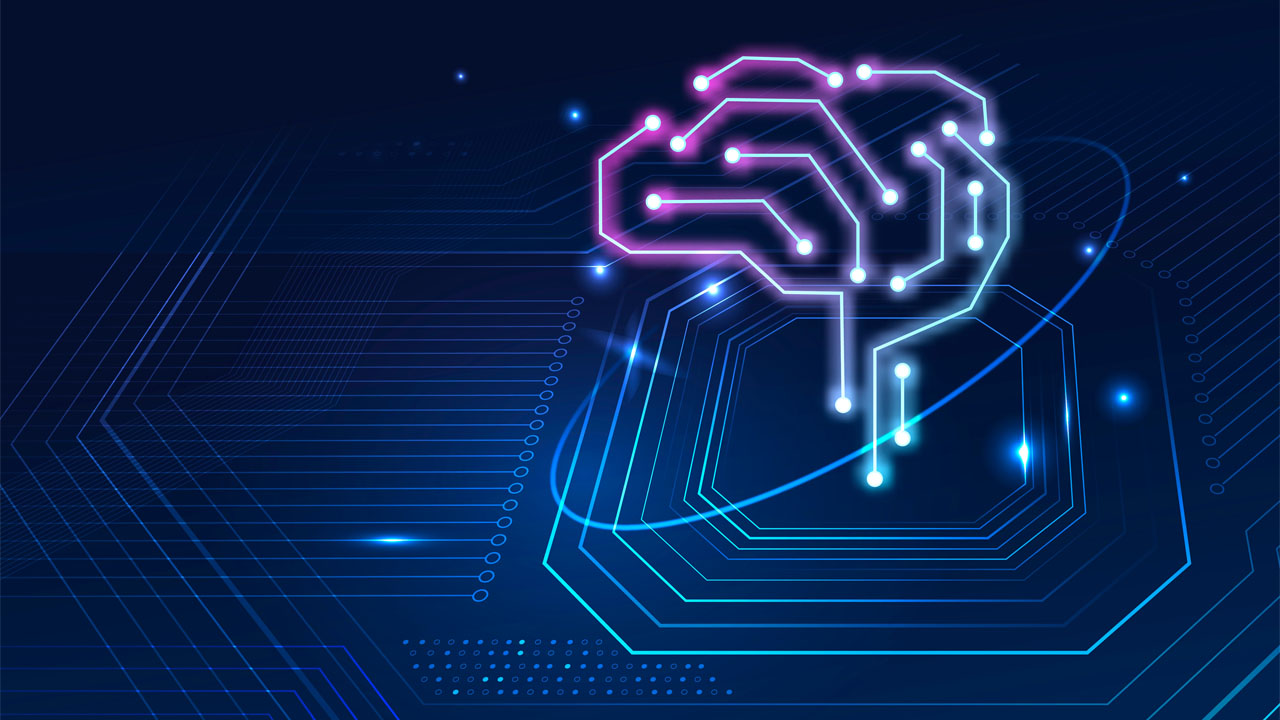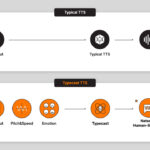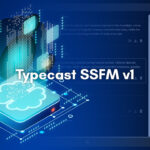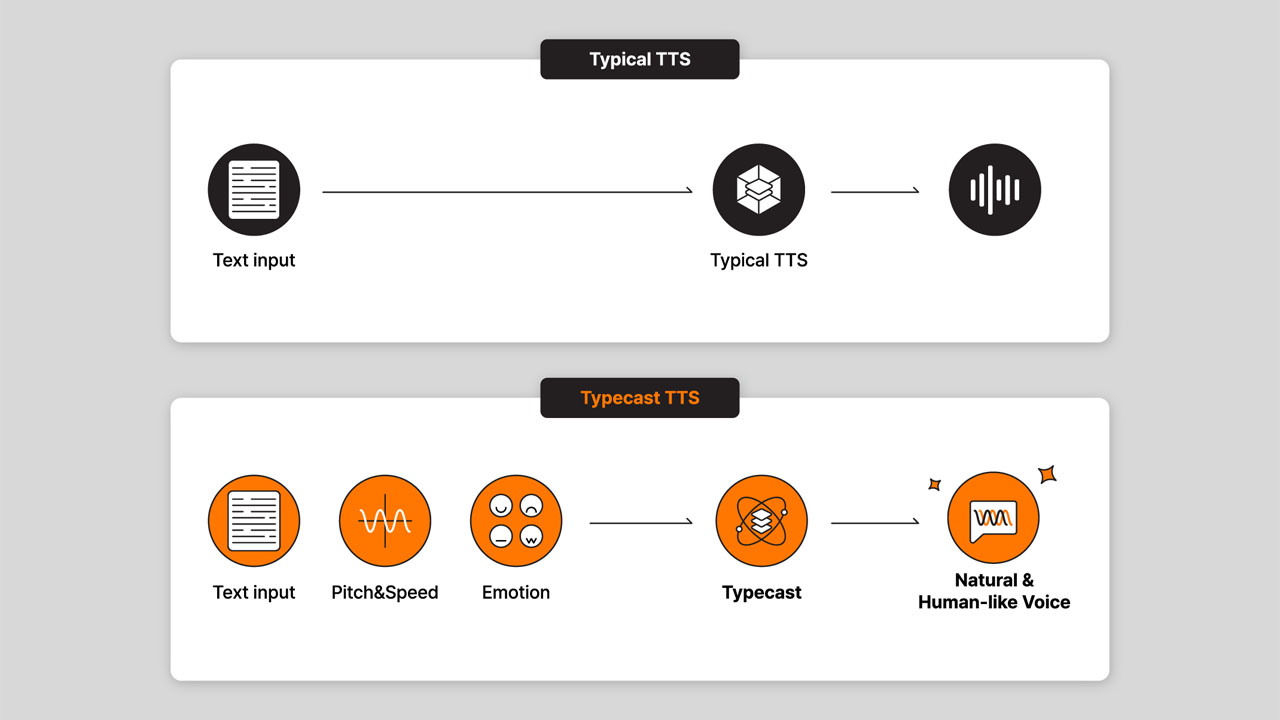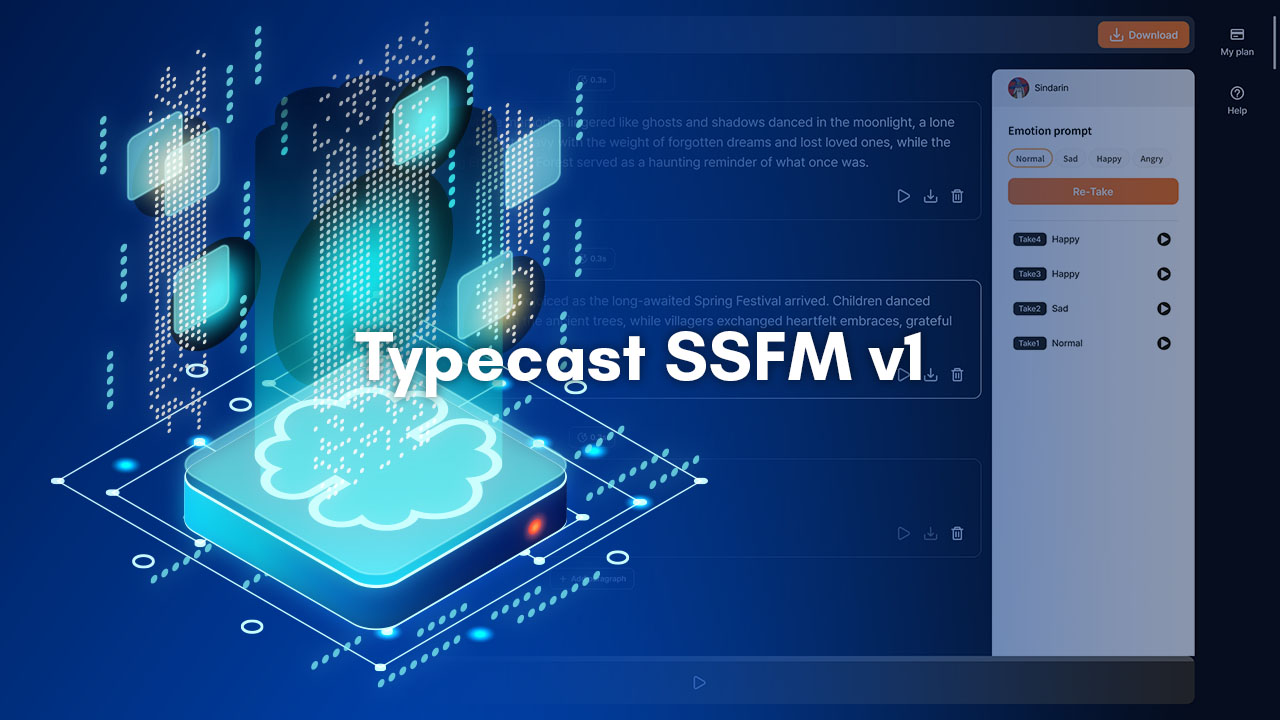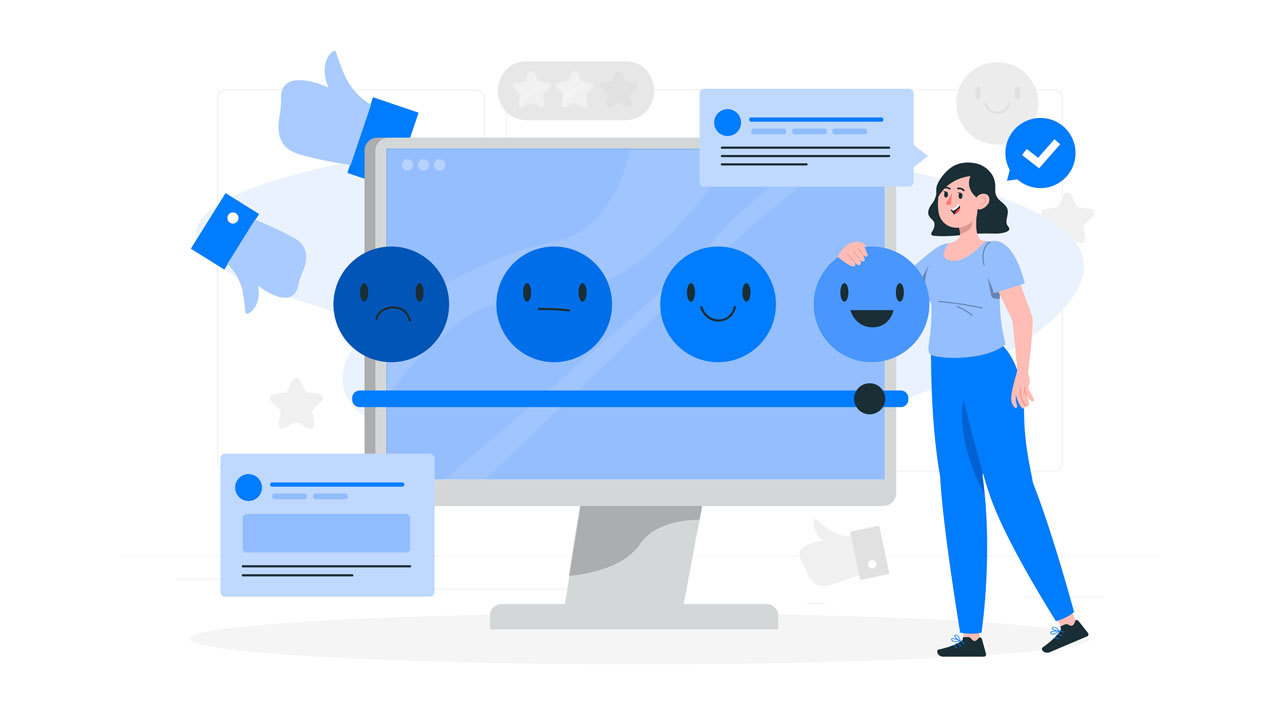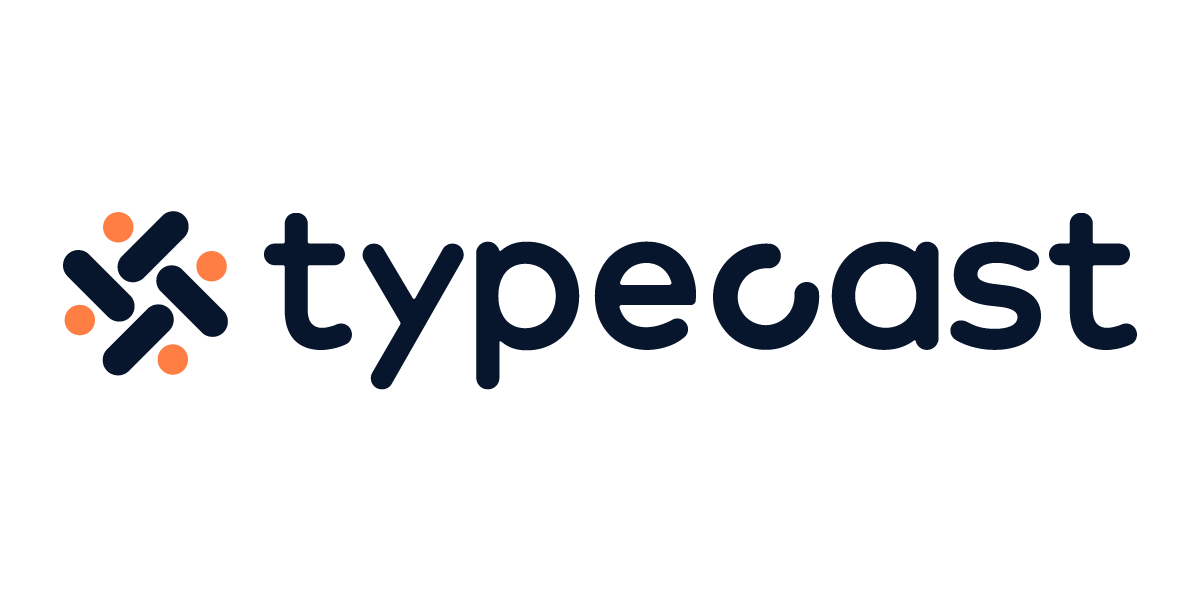Looking for a new tool to bring your words to life with images? Look no further than Imagen, the latest AI Google model. Imagen is a state-of-the-art deep-learning model that can generate high-quality images from textual descriptions with incredible accuracy and speed.
This new technology is revolutionizing various industries, including e-commerce and advertising, where visually appealing content is critical to engaging customers.
As with all emerging AI Google technologies, Imagen’s significance extends far beyond its immediate applications. Imagen’s ability to interpret and translate textual descriptions into visual representations is a remarkable feat of deep learning technology and a testament to the tremendous strides made by AI Google in recent years.
However, like any new technology, Imagen is not without its limitations and challenges. In this article, we will explore Imagen’s features, significance, and potential applications, as well as its limitations and future implications for AI Google and the field of deep learning.
Discover Imagen: What’s that?
Imagen is an AI generator for high-quality, diverse images from text inputs. Imagen uses machine learning to train a model that can generate images based on natural language descriptions.
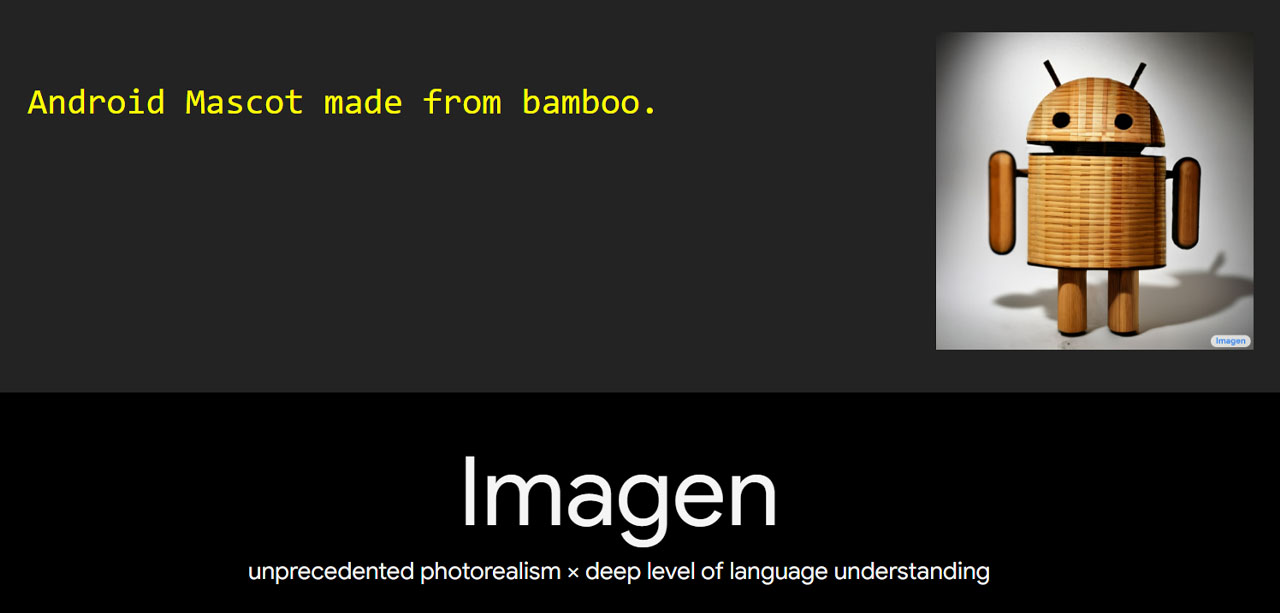
The training data consists of labeled images and their corresponding ground truth captions. The training data also contains images that are not included in the training set (i.e., “out-of-vocabulary” or OOV items).
The model learns to map these OOV items back to their corresponding labels. Imagen has several different modes of operation:
- Describe Mode: Generate an image description given a user’s input.
- Fill In The Blanks Mode: Fill in missing words in an image description given a user’s input.
- Image Completion Mode: Complete the caption of an image given a user’s input.
Once trained, Imagen can be used in several ways:
- Generate new random images based on a given seed or seed phrase.
- Generate new images that follow a particular style or theme.
- Generate new images based on user input (such as text descriptions or tags).
- Generate new images based on other existing.
Significance of Imagen: Why is this all hyped?
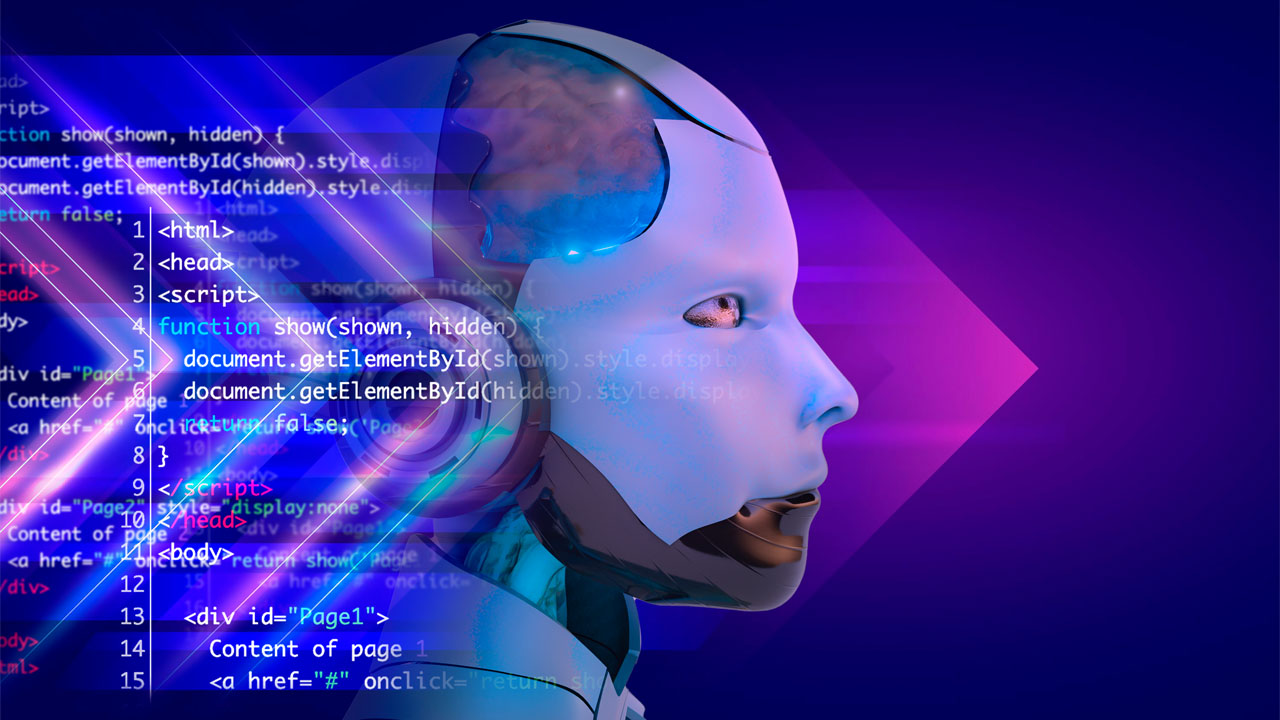
The program uses several advanced algorithms to optimize images. The main features are:
1. Enabling greater creativity and customization in image creation
Imagen’s IP addresses the need for brands to create visually appealing imagery that can be used across a multitude of touchpoints. As a result, it is transforming industries with visually appealing content such as real estate, automotive, retail, and more.
2. Highlighting the power and potential of AI Google technology
The Imagen project is a powerful and important application of technology that has the potential to improve efficiency and speed in image generation. In this project, we have seen how the researchers were able to create a system that can generate images with human-like features.
This was achieved through an artificial intelligence-based system that was trained on thousands of images. The system will be able to learn how to generate images similar to those it has been trained on. The system can then be applied to any field where visualization is required such as in medical research and engineering design among many others.
3. Transforming industries with visually appealing content
Imagen’s IP addresses the need for brands to create visually appealing imagery that can be used across a multitude of touchpoints. As a result, it is transforming industries with visually appealing content such as real estate, automotive, retail, and more.
4. Improving efficiency and speed in image generation
The Imagen platform is designed to provide an efficient and scalable way to generate high-quality images in real time. It’s important to note that the technology behind this process can be applied across many different industries, including gaming and entertainment, as well as in more practical settings such as self-driving cars.
The Imagen platform will allow users to generate realistic images in a fraction of the time it takes today. This will help game developers create high-quality graphics at a faster pace and lower cost, which means more profits for them!
Limitations and challenges of AI Google Imagen
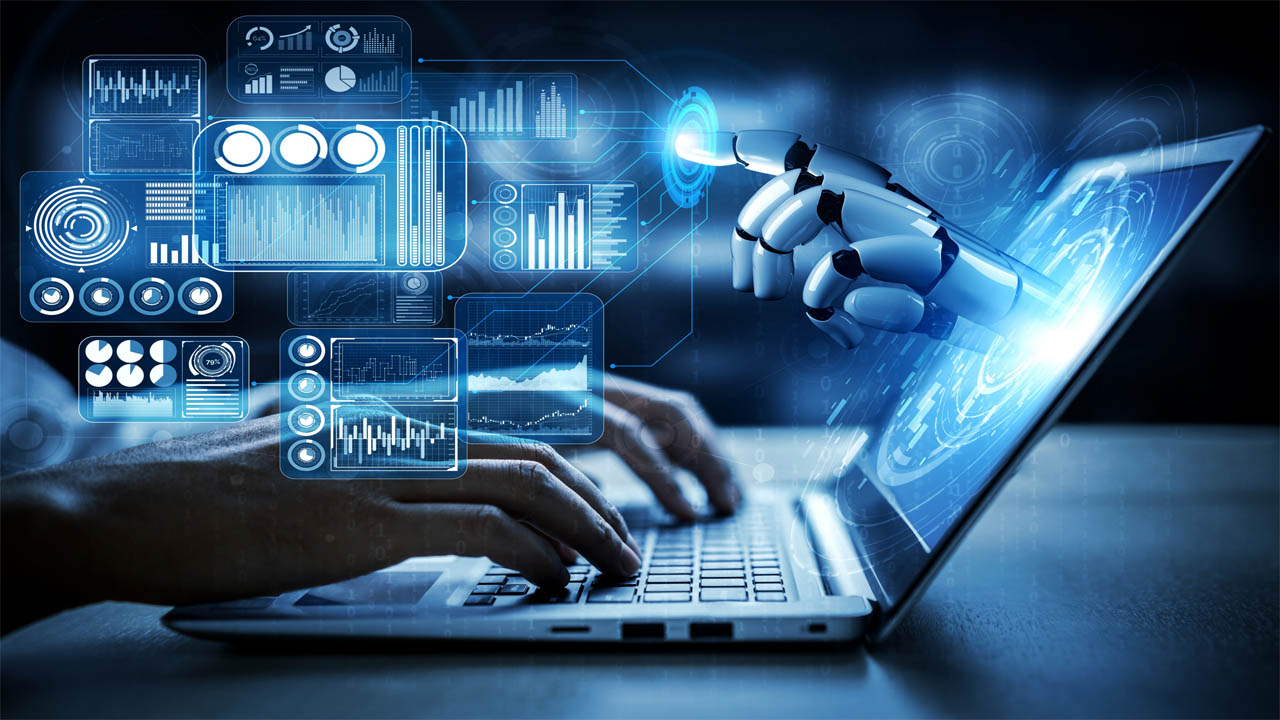
The field of image generation is still in its infancy, but it is quickly advancing. The current state-of-the-art, however, has its limitations and challenges that need to be addressed to make the technology more robust.
Dependency on high-quality training data
One main challenge with creating realistic images is the need to train your model with high-quality training data – that is, a large number of images that represent both common and uncommon objects and scenarios.
In practice, this means having access to professional photographers who can capture thousands of photos for your training dataset. The more realistic your training data is, the better your generated images will be.
Limitations in interpreting complex text inputs
The biggest limitation of image generation is that it cannot interpret complex text inputs. For example, if you want to generate an image of a cat with a ball, it will not be able to understand what the cat is doing with the ball. It will simply generate an image of a cat and a ball.
The challenge of balancing realism and diversity in image generation
Another limitation is that we have no control over the diversity of outputs generated by these algorithms. The algorithms are trained on real-world images and do not understand abstract concepts or concepts that are not present in existing images.
Therefore, it is difficult to get diverse outputs from these algorithms without manually curating them first using human-generated content.
Potential bias and ethical concerns in image creation
There are also ethical concerns for this technology as it may be used for nefarious purposes such as manipulation of public opinion through fake news or misinformation campaigns by manipulating images online or offline.
For example, let’s say there is a political rally or protest where lots of people are protesting against something, which could potentially cause harm or violence if things escalate further.
Bring your words to life with Imagen: Google’s revolutionary AI text-to-image model
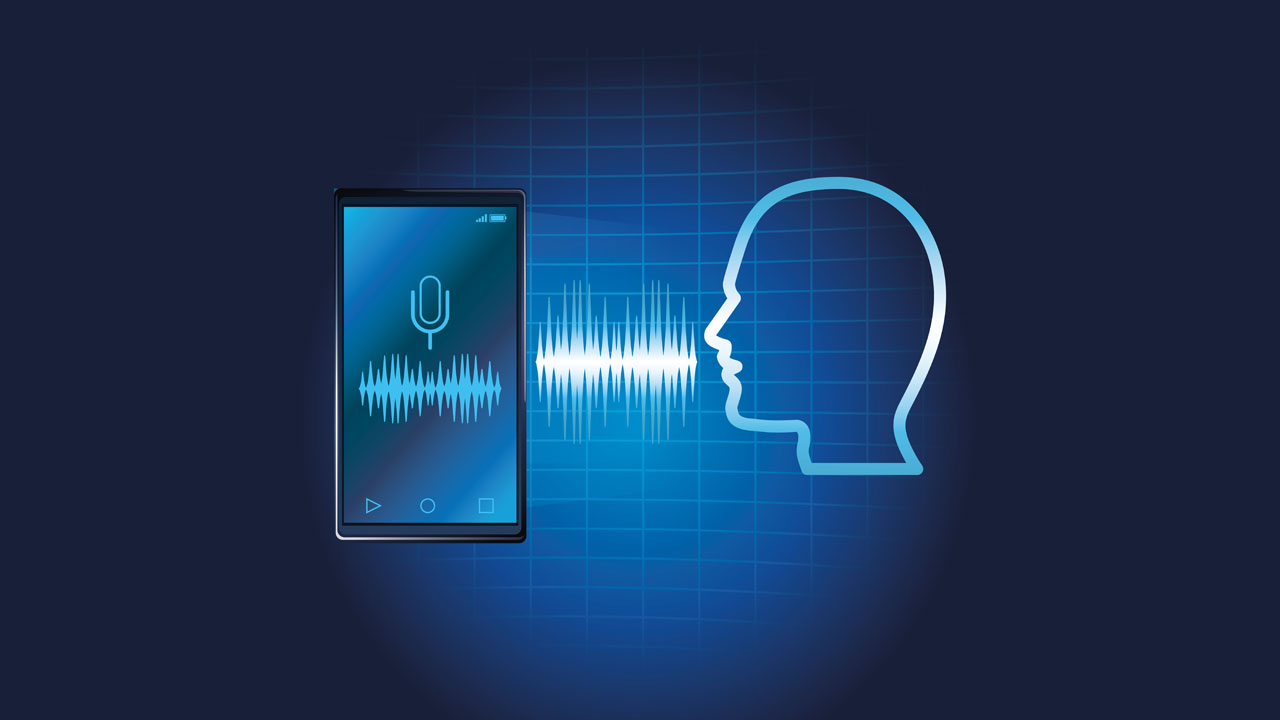
Imagen is a truly groundbreaking technology that represents a major leap forward in the field of deep-learning image generation. Its ability to generate high-quality, diverse images from textual descriptions has the potential to transform various industries and enable greater creativity and customization in image creation.
The potential applications of AI Google Imagen are vast and exciting, and it’s clear that this technology is poised to have a major impact on the way we create and use images.
Whether you’re in e-commerce, advertising, or any other industry that requires visually appealing content, Imagen has the potential to revolutionize your approach to image creation.
As you explore the possibilities of Imagen, consider enhancing your content further with Typecast, an online text-to-speech and video generator that uses AI voices and avatars to create dynamic videos in minutes.
With Typecast, you can bring your words to life in a whole new way, and take advantage of the latest advancements in AI technology to make your content stand out. Try it out today and see the difference for yourself.


